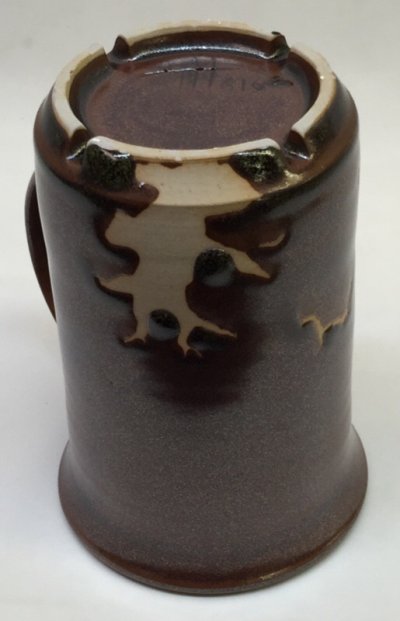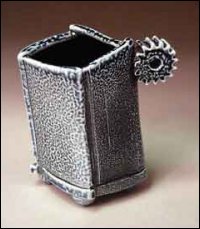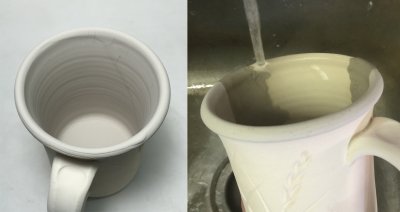Crazing frequently precedes fracture in some glassy thermoplastic polymers as it only takes place under tensile stress the plane of the crazing corresponds to the stress direction.
Crawling definition ceramics.
To move slowly on the hands and knees or by dragging the body along the ground.
It is identified by thick white glazes red scorch marks and a texture of small holes.
Crawling a ceramic glaze fault that occurs during firing of the ware islands of glaze form as it crawls leaving bare patches of body.
Crawling wordreference english dictionary questions discussion and forums.
Dry foot to keep the foot or bottom of a pot free from glaze by waxing or removing the glaze.
They consist of water and undissolved powders kept in suspension by clay particles.
Present participle of crawl 2.
Crawled crawl ing crawls 1.
Bisque refers to ware that has been fired once and has no chemically bonded water left in the clay bisque is a true ceramic material although the clay body has not yet reached maturity this stage is also sometimes called biscuit or bisc.
Crawl 1 krôl intr v.
A ceramic glaze fault that occurs during firing of the ware islands of glaze form as it crawls leaving bare patches of body.
To advance slowly feebly laboriously or with frequent stops.
We crawled along in traffic until we reached the highway.
Crazing is the phenomenon that produces a network of fine cracks on the surface of a material for example in a glaze layer.
The baby crawled across the floor.
Damper a slab of refractory clay that is used to close or partially close the flue of a kiln.
She was going to.
Suspension in ceramics glazes are suspensions.
To proceed or act servilely.
You have much more control over the properties than you might think.
To move slowly or with difficulty especially with your body.
Bisqueware is the term for pots that have been bisqued fired for the first time the pots may also be called biscuit ware.
Shino ware 志野焼 shino yaki is japanese pottery usually stoneware originally from mino province in present day gifu prefecture japan it emerged in the 16th century but the use of shino glaze is now widespread both in japan and abroad.









